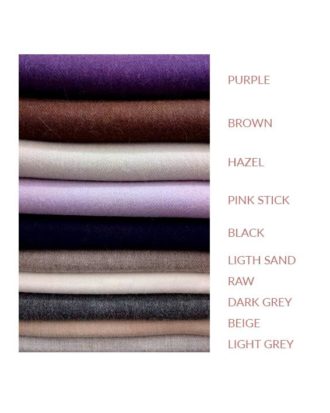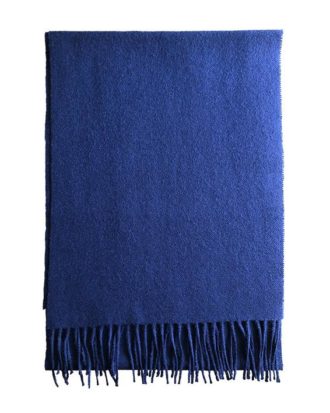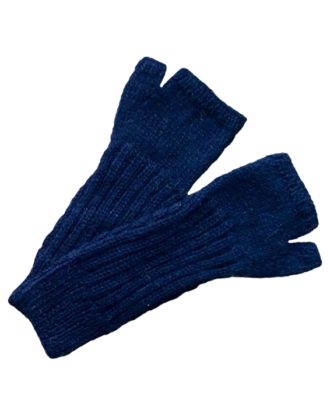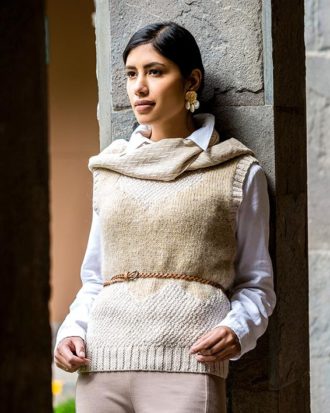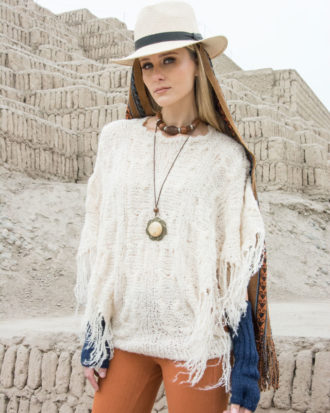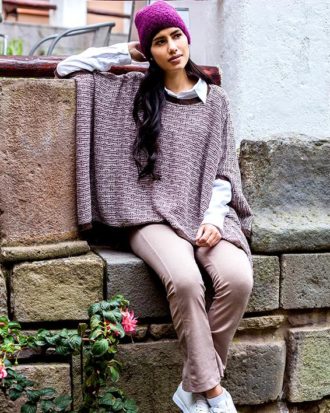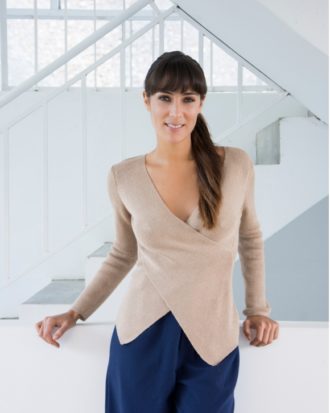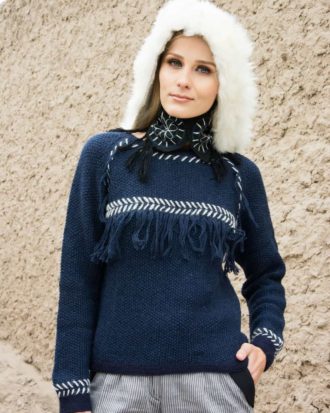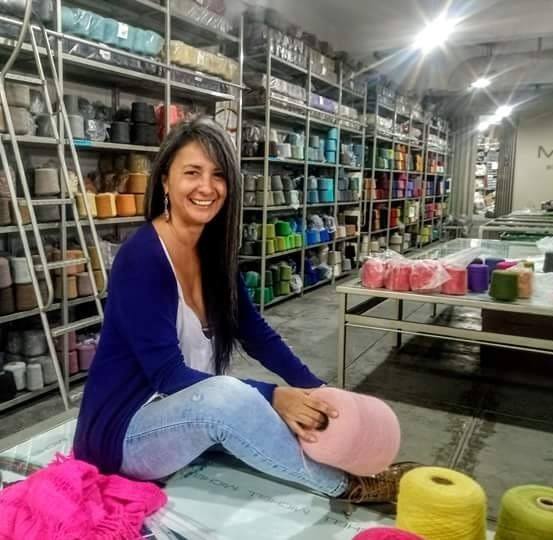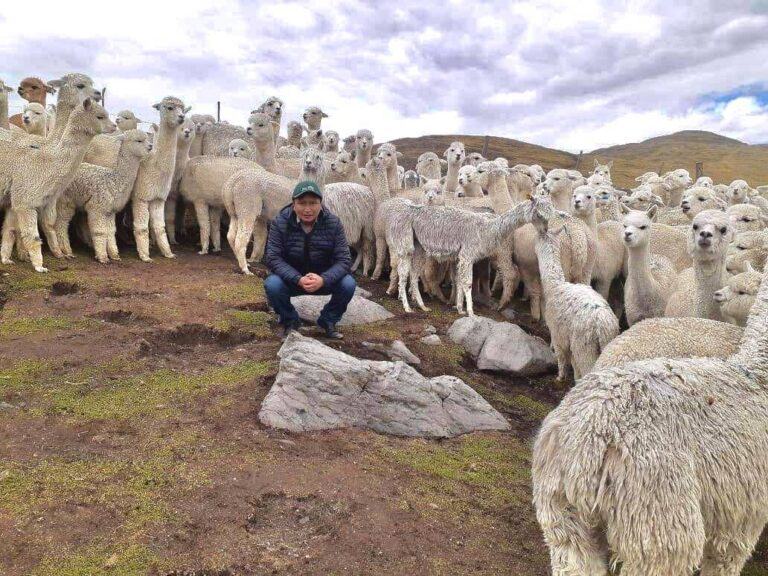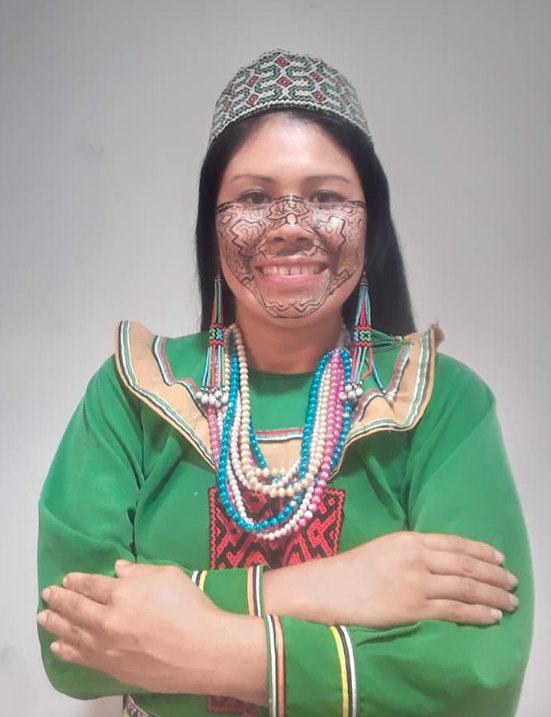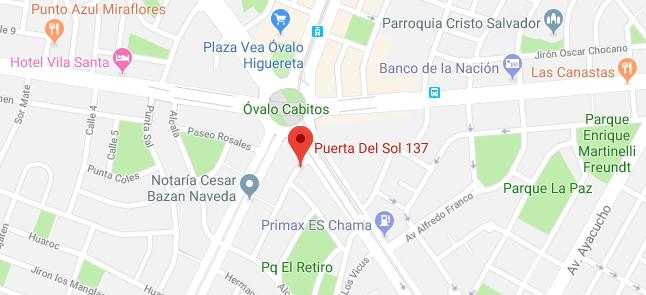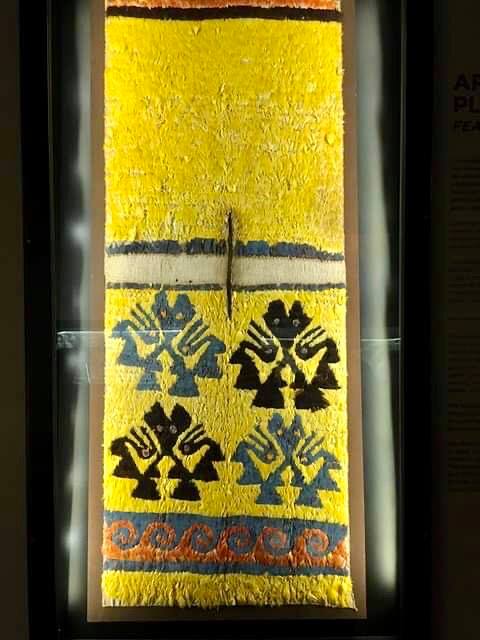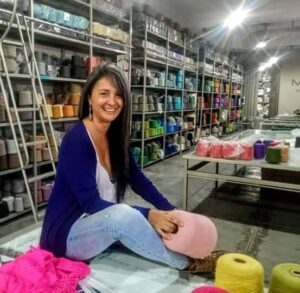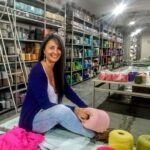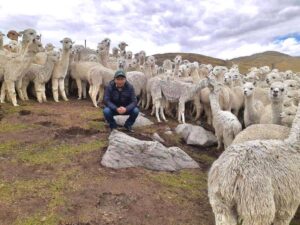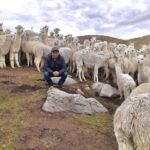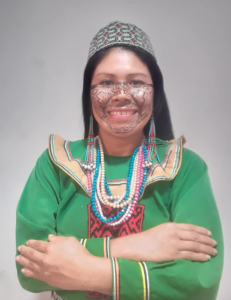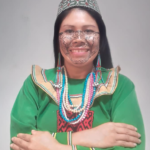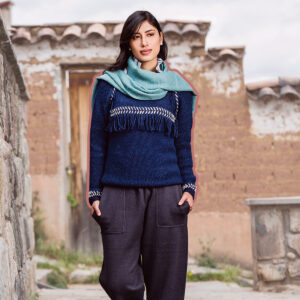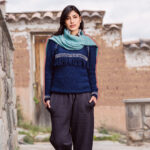Touring the hallways of a museum and the textile tradition
It was a weekend. Leticia and Carla planned to visit the Amano Museum located in the heart of Miraflores. It is an archaeological museum that houses one of the most important textile collections in Perú.
Inside the museum, lighting plays a decisive role in the exhibition of textile pieces. Each room with its respective scenery transports them back in time and provides an extraordinary experience. The interesting thing about this place is that you can find more than 120 textile pieces that cover the entire cultural development of ancient Perú.
The sisters began to tour the place accompanied by a guide. They were very excited by the vast amount of history the Museum exhibited. For that reason, they asked the guide to recap this ancient civilization. So, he told them that Nazca was a pre-Columbian culture that developed on the southern coast of Peru. This happened between the year 200 a. C. and 700 a. C. … Since the discovery of Nazca in the early 20th century, this region has attracted attention as scientists ask: “How did they survive in such an arid desert and develop an agricultural, textile and maritime society?”
The sewing technique
Dazzled by the textiles which are predominated by the design of geometric figures and the use of a wide range of colors, the sisters consulted about the sewing technique used by this civilization.
The guide told them that the threads were made using the warp and weft technique with S – yarn. The garments were made using a basic long stitch sewing technique, known as basting stitch, using white cotton thread. They added wool from the camelids of the area such as alpacas, llamas and vicuñas to their designs.
To increase the splendor of the garment they used applications of bird feathers. Symbology highlights the geometric figures like the representation of deities, the elements of nature, as well as rituals. Regarding the decorative aspect, they painted their garments directly on the cotton fabric and complemented it with fringed trims and three-dimensional designs. They used dye of vegetable origin to paint on the canvas. Some of the most used dyes came from the indigo plant, which is an indigo blue color.
Carla was fascinated by the history of textile art of the Nazca culture. She convinced Leticia to visit the Nazca Lines during her next vacation. Before finishing the tour, the guide thanked them for their visit. He reminded them not to forget that Peru has an ancient ability in weaving that remains until today and that through its images it tells us the history of our civilization.
![]()

